Having a pet is a rewarding experience, but we all know it comes with a learning curve. Whether it’s your first or fifteenth furry friend, there are always things you’ll look back on and wish you had done differently. You’re not alone in these little regrets. Many pet owners have been there, done that, and are here to share what they’ve learned. Here are 14 things most pet owners confess they’d never do again.
1. Skipping The Vet Visits

It might seem unnecessary to take your pet to the vet when they look perfectly healthy, but skipping these visits is a rookie mistake. Regular check-ups can catch potential issues early, saving you stress and money down the line. According to Dr. Sarah Wooten, a veterinarian at Sheep Draw Veterinary Hospital, early detection of problems like dental disease or obesity can significantly improve your pet’s quality of life. While it might feel like an inconvenience, maintaining a regular vet schedule is crucial. You’ll thank yourself later when your pet avoids serious health issues.
Neglecting these visits can also make your pet anxious about vet trips in general. When a pet only sees the vet during emergencies, it can associate the place with fear and pain. Regular visits help normalize the experience, making it less traumatic for both you and your pet. You don’t want to be wrestling a reluctant cat into a carrier or dragging a hesitant dog through the clinic’s door. It’s less stressful for everyone involved when vet visits are routine and painless.
2. Ignoring Dental Care

Dental care might not be the first thing on your mind as a pet owner, but ignoring it can lead to serious problems. Just like humans, pets need regular dental care to prevent plaque buildup and gum disease. Many pet owners skip this step, thinking it’s unnecessary. However, neglecting dental hygiene can lead to painful dental issues and expensive treatments later on. Even a simple habit like brushing your pet’s teeth a few times a week can make a big difference.
Getting your pet used to dental care early on can ease the process. There are pet-friendly toothbrushes and toothpaste designed to make this task easier. If your pet is resistant, try introducing dental treats or toys that promote oral health. Regular dental check-ups are also important, as your vet can provide cleanings and spot any issues early. Don’t wait until there’s a problem to start taking care of your pet’s teeth.
3. Overfeeding Your Pet
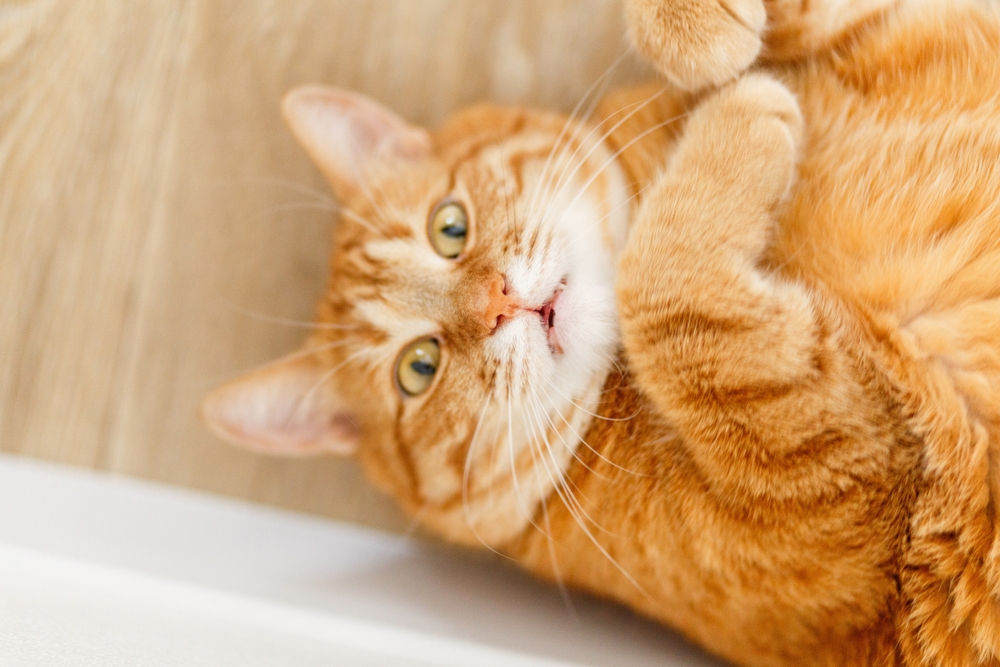
It’s easy to fall into the trap of giving your pet just a little extra food or treats, thinking you’re spoiling them. In reality, overfeeding can lead to obesity, which is a significant health risk for pets. Dr. Ernie Ward, a veterinarian and founder of the Association for Pet Obesity Prevention, emphasizes that even small amounts of excess food can contribute to weight gain. Overweight pets are more prone to diseases such as diabetes, arthritis, and heart conditions. Keeping an eye on portion sizes and limiting treats is essential.
Pets can’t say no to food, so it’s up to you to manage their diet. Measure their food portions and adhere to feeding guidelines based on their size, age, and activity level. If you’re unsure, consult your vet for personalized advice. Remember, a lean pet is generally a healthier pet. Avoid the temptation of “people food” and opt for healthier treat options to show your love.
4. Skipping Training Sessions

Training is as important for your pet as it is for you, yet many pet owners underestimate its significance. Skipping training sessions can lead to behavioral issues and tension in the household. Well-behaved pets are generally happier and more relaxed, knowing the boundaries and expectations. Consistency is key, and establishing a training routine early on can prevent future problems. Even if your pet already knows the basics, regular refreshers help reinforce good behavior.
Understand that training isn’t just about teaching tricks; it’s about communication and bonding. A trained pet can better understand your expectations, making it easier for both of you to coexist peacefully. Use positive reinforcement to encourage good behavior, and be patient when correcting mistakes. Every pet learns at their own pace, so tailor your approach to suit their personality and needs. This investment of time will pay off with a well-behaved and more manageable pet.
5. Not Socializing Your Pet

Socialization is a crucial part of your pet’s development that often gets overlooked. Pets that aren’t properly socialized can develop anxiety and aggression, making them difficult to handle. Research by Dr. Sophia Yin, an animal behavior expert, shows that early socialization can prevent these issues by making pets more adaptable to new situations. This includes exposing them to different environments, people, and other animals. It’s easier to do this when they’re young, but it’s never too late to start.
A well-socialized pet is more confident and less stressed in unfamiliar situations. Start slowly by introducing them to new experiences in a controlled manner. Take them to pet-friendly places or arrange playdates to expand their comfort zone. Remember, socialization isn’t just for dogs; cats and other pets can benefit from it too. The goal is to make your pet comfortable and adaptable, reducing the likelihood of fear-based responses.
6. Neglecting Pet Insurance

Pet insurance often feels like an unnecessary expense until you find yourself facing a hefty vet bill. Accidents and illnesses can happen unexpectedly, and the costs can quickly add up. Without insurance, you might have to make difficult decisions about your pet’s care based on finances. Many pet owners regret not investing in a policy that could have alleviated financial strain during emergencies. It’s one of those things that seems unimportant until it’s not.
Take time to research and choose a policy that fits your pet’s needs and your budget. Some plans even cover preventative care, which can help you save on routine costs. Having insurance can provide peace of mind and allow you to focus on your pet’s health rather than the expense. If insurance feels daunting, consider setting up a savings account specifically for pet emergencies. Planning ahead can prevent future financial stress.
7. Skipping Regular Exercise

Exercise is vital for your pet’s physical and mental health, yet it’s often neglected. Just like humans, pets need regular activity to stay healthy and happy. According to Dr. Julie Churchill, a veterinary nutritionist at the University of Minnesota, exercise improves cardiovascular health and reduces obesity risk in pets. It’s also a great way to bond with your pet and provide them with mental stimulation. A bored pet can develop destructive behaviors, so keeping them active is key.
Incorporate exercise into your daily routine to ensure consistency. Whether it’s a long walk, a game of fetch, or a fun agility course, find activities that your pet enjoys. Don’t forget mental exercises like puzzle toys, which can help keep their minds sharp. Adjust the intensity and duration of exercise based on your pet’s age and breed. Regular activity will lead to a healthier, happier pet and a stronger bond between you.
8. Ignoring Signs Of Stress

Animals can’t verbally communicate when they’re stressed, so it’s up to you to notice the signs. Ignoring these signals can lead to behavioral issues and negatively impact your pet’s health. Common signs of stress include changes in eating habits, increased aggression or withdrawal, and unusual behaviors like pacing. Many pet owners brush these off as quirks rather than indicators of a deeper issue. Identifying stressors and addressing them promptly can prevent problems from escalating.
Start by observing your pet’s behavior and noting any changes. Evaluate their environment to identify potential stressors, such as loud noises, new pets, or changes in routine. Once identified, take steps to minimize these stressors and create a calming environment. Sometimes, simple solutions like providing a quiet space or increasing exercise can make a difference. Remember, a happy pet is a healthy pet, so prioritizing their emotional well-being is crucial.
9. Not Maintaining A Grooming Routine

A regular grooming routine might seem like a superficial aspect of pet care, but it’s more important than you might think. Grooming is not just about keeping your pet looking good; it’s crucial for their health. Regular brushing can prevent matting, which can cause skin problems, and help you spot potential health issues like lumps or parasites early. Bathing, nail trimming, and ear cleaning are equally important to prevent infections and discomfort. Skipping grooming can lead to a range of problems that are easily avoidable with a little effort.
Start a grooming routine that fits your pet’s specific needs. Some breeds require more frequent grooming than others, so research what’s appropriate for your pet. Use grooming as an opportunity to bond with your pet, making it a positive experience rather than a chore. If your pet is resistant to grooming, introduce it gradually and use treats as a reward. Regular grooming sessions will keep your pet healthy and comfortable.
10. Forgetting To Pet-Proof Your Home
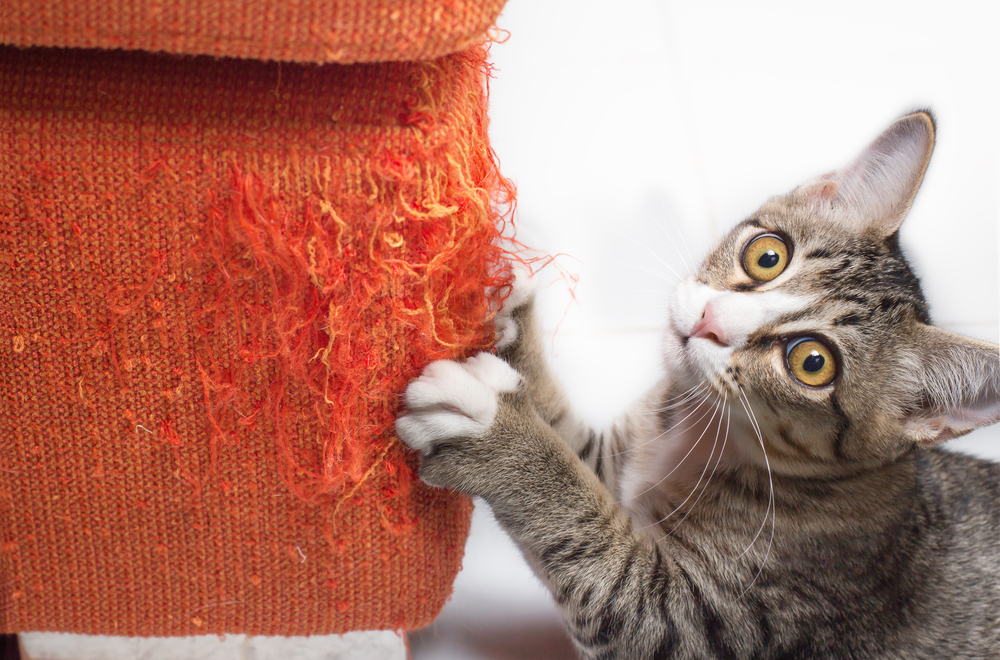
Bringing a new pet into your home requires some adjustments to ensure its safety. Many pet owners overlook the importance of pet-proofing, leading to accidents and injuries. Curious pets can get into all kinds of mischief, from chewing on electrical cords to accessing toxic substances. Taking the time to eliminate these hazards can prevent emergency vet visits and keep your pet safe. It’s easier to pet-proof your home than to deal with the consequences of an accident.
Start by identifying potential dangers in each room, such as chemicals, sharp objects, and small items that could be swallowed. Secure loose wires and keep harmful substances out of reach. Consider using gates or barriers to restrict access to unsafe areas. Pet-proofing is an ongoing process, so periodically reassess your home for new hazards. A little preparation can go a long way in keeping your pet safe.
11. Allowing Bad Habits To Form
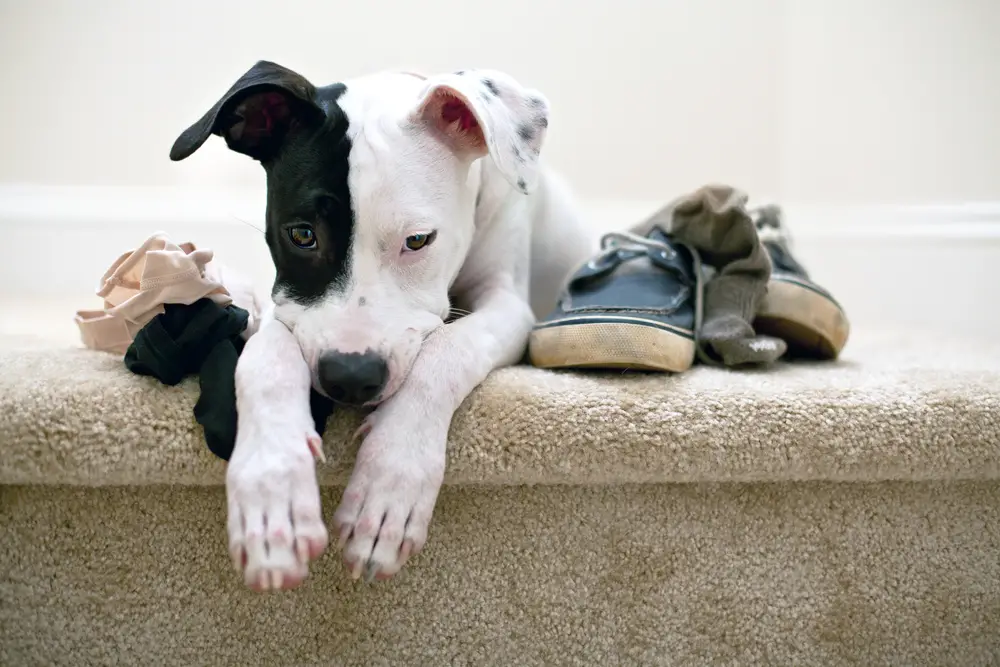
Bad habits can quickly form if they’re not addressed early, leading to long-term behavioral issues. It’s easy to let things slide when your pet is young, thinking they’ll grow out of it. Unfortunately, this often isn’t the case, and these behaviors can become ingrained. Common bad habits include jumping on guests, begging for food, and chewing on furniture. Addressing these issues early can prevent them from becoming a permanent part of your pet’s behavior.
Consistency is key when correcting bad habits. Set clear boundaries and communicate them effectively to your pet. Use positive reinforcement to encourage good behavior, and be patient as you work through challenges. If you struggle to correct certain behaviors, consider seeking help from a professional trainer. Addressing bad habits early on will lead to a more harmonious relationship with your pet.
12. Not Considering Breed-Specific Needs
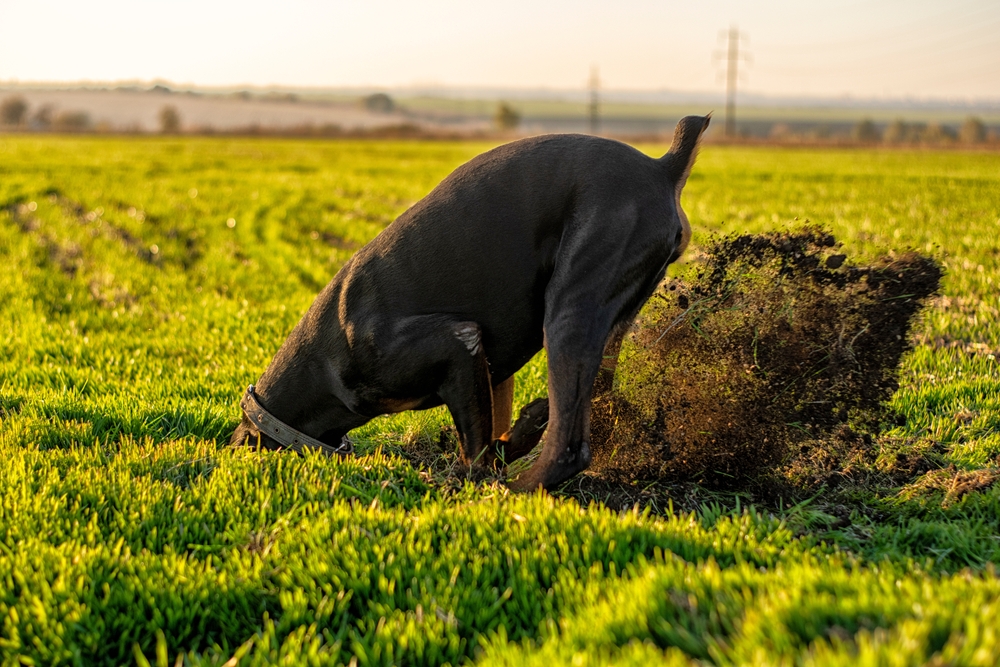
Each breed has unique characteristics and needs that should be considered before bringing a pet home. Ignoring these can lead to mismatches between a pet and its owner, resulting in frustration for both parties. Some breeds require more exercise, while others have specific health concerns or grooming needs. Researching and understanding these before adopting can ensure a better fit for your lifestyle. It’s important to choose a pet whose needs align with what you can realistically provide.
Once you have your pet, continue to educate yourself about their specific requirements. Tailor their care to suit their breed’s characteristics, whether it’s more exercise, a special diet, or regular grooming. Understanding these needs can prevent problems and make it easier to meet your pet’s requirements. If you’re unsure, consult your vet for guidance on breed-specific care. Being informed will help you provide the best possible care for your pet.
13. Neglecting To Update Your Pet’s ID
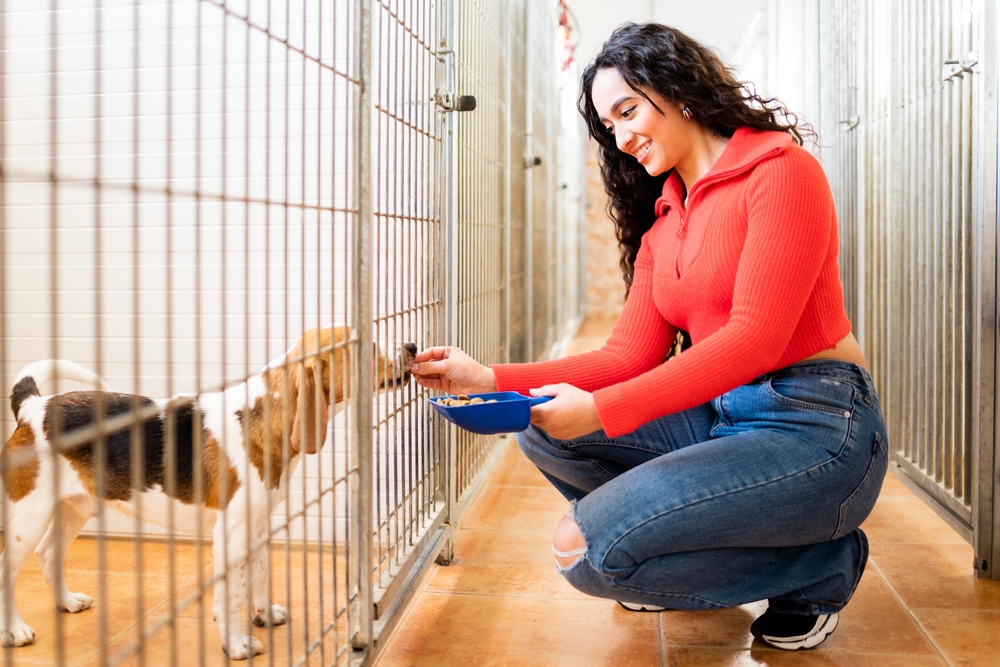
An ID tag is your pet’s ticket home if they ever get lost, yet many pet owners neglect this simple but crucial step. It’s easy to forget to update your pet’s ID when you move or change your phone number. Outdated information can make it difficult to reunite with your pet if they wander off. Ensuring your pet has a current ID tag and microchip information is a quick task that many overlook. Don’t wait until your pet is missing to realize the importance of this step.
Check your pet’s ID regularly to ensure all information is accurate. Make it a habit to update their details whenever there’s a change in contact information. Consider getting your pet microchipped for an added layer of security. This small step can make a huge difference in the event that your pet gets lost. Peace of mind is priceless, and keeping your pet’s ID updated is an easy way to ensure their safety.
14. Underestimating The Time Commitment
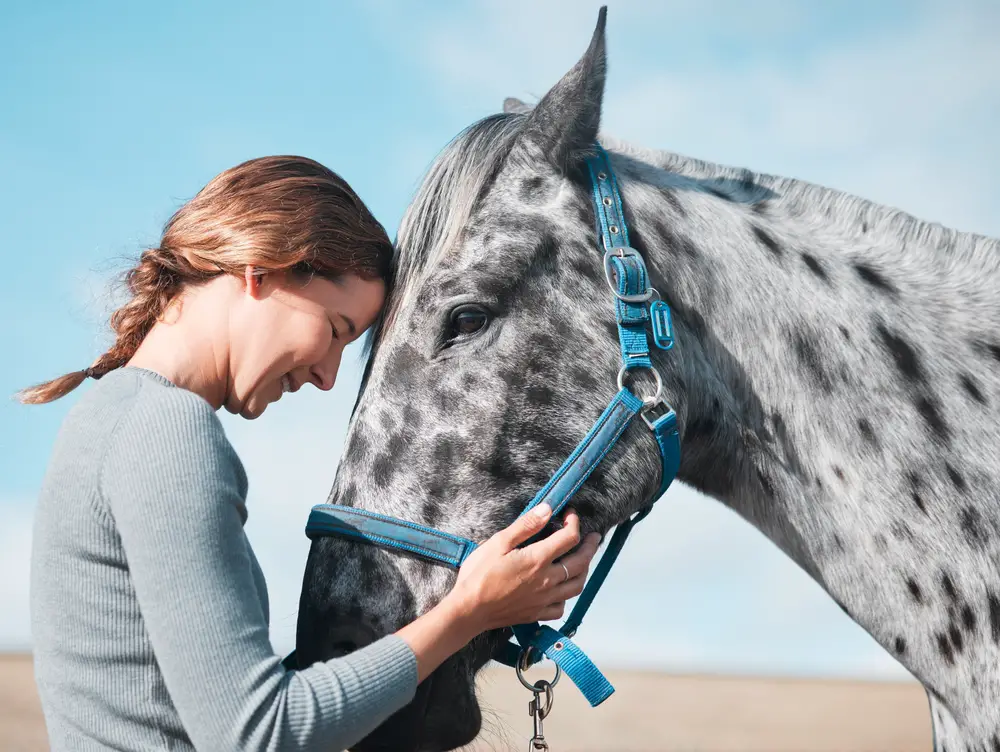
Adopting a pet is a long-term commitment that requires time and effort, but many pet owners underestimate this. Pets need daily care, attention, and interaction, which can be more demanding than expected. Failing to recognize this can lead to neglect and frustration for both you and your pet. Before getting a pet, consider your lifestyle and whether you can realistically meet its needs. Remember, a pet is a lifetime commitment, not a temporary phase.
Once you have a pet, ensure you dedicate time each day to their care and companionship. This includes feeding, grooming, exercise, and simply spending quality time together. If your schedule is hectic, consider enlisting help from a pet sitter or dog walker. Being honest about your capacity to care for a pet is essential for their well-being. Understanding the time commitment upfront can prevent future regrets and ensure a happy, healthy life for your furry friend.
